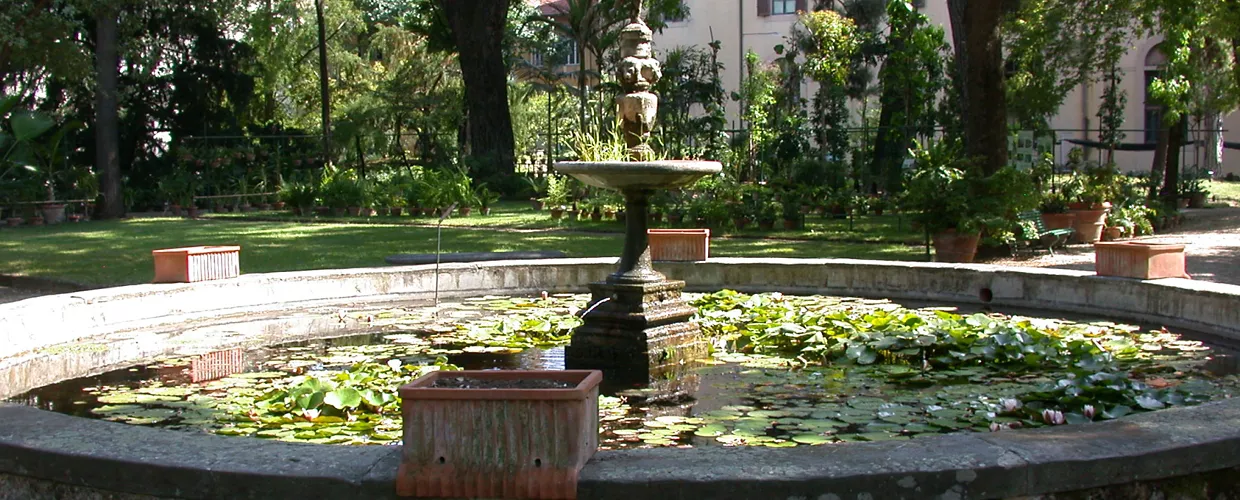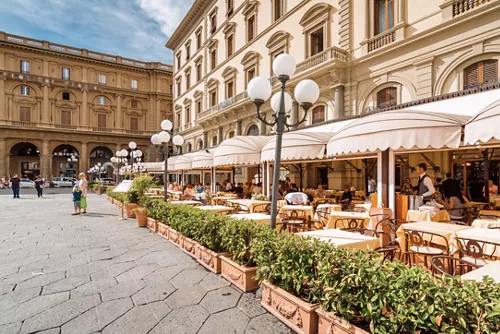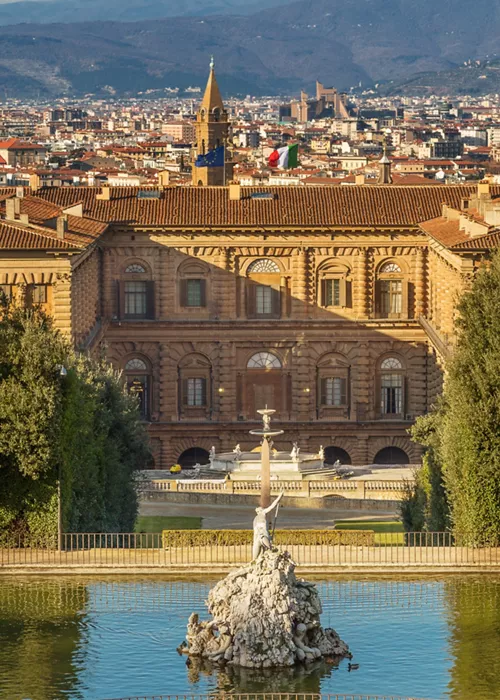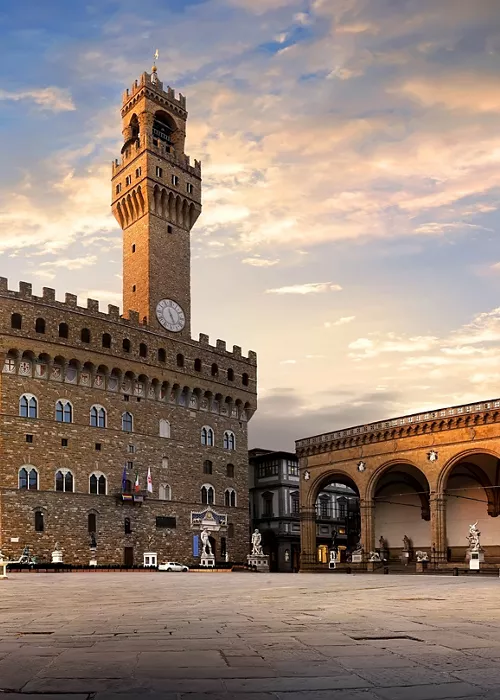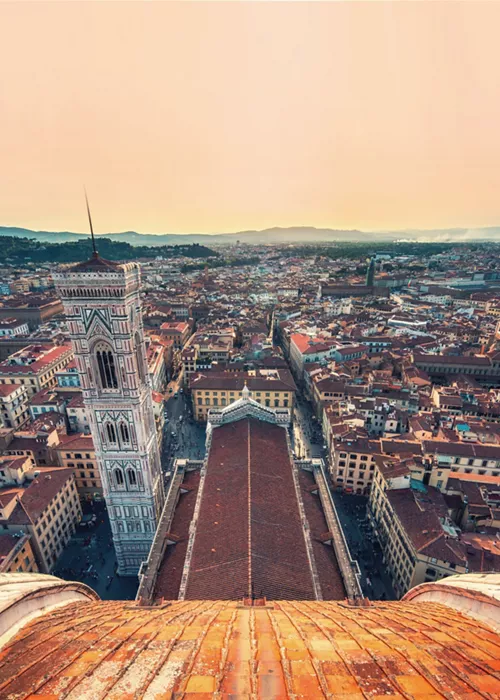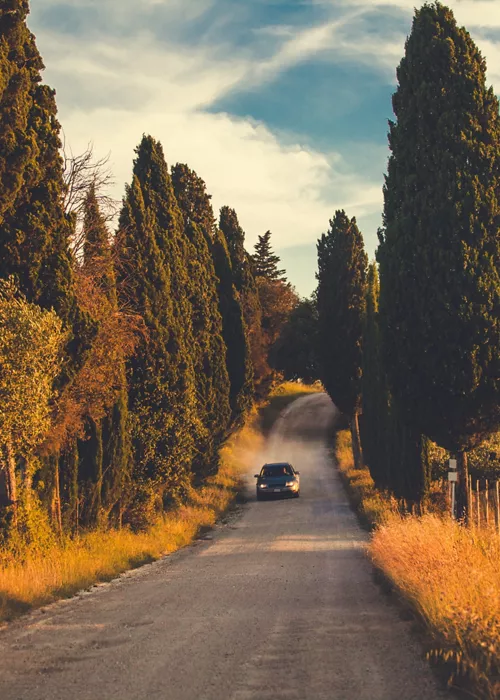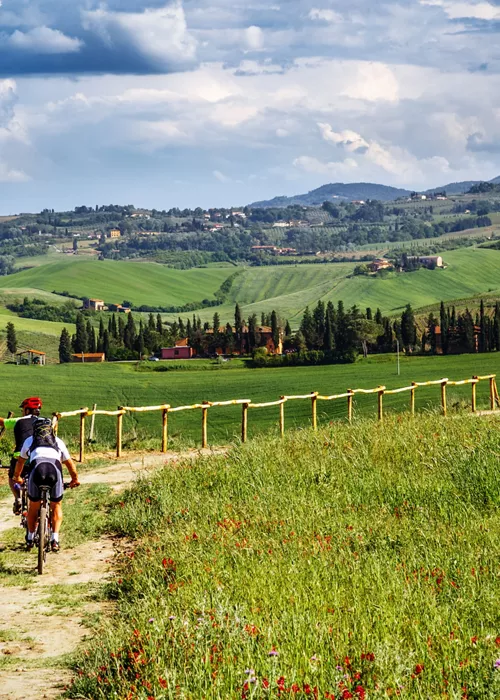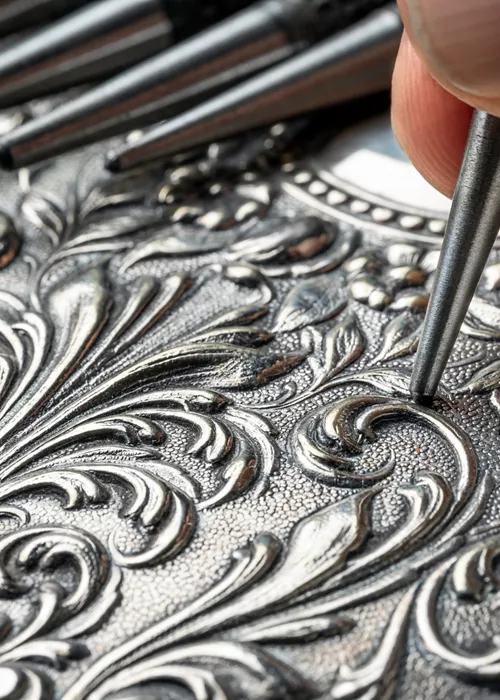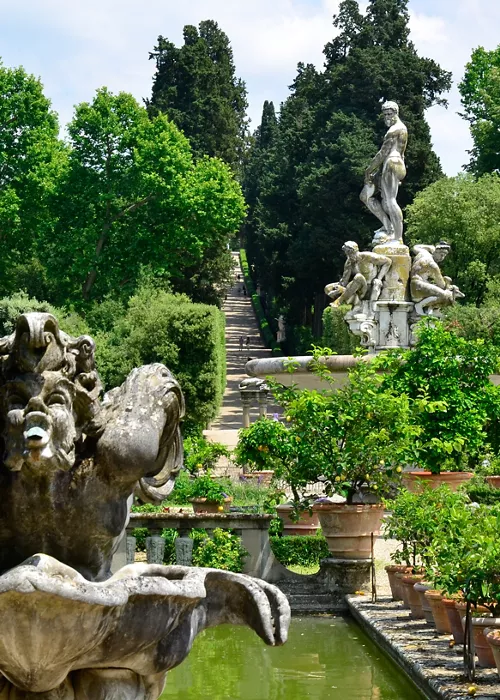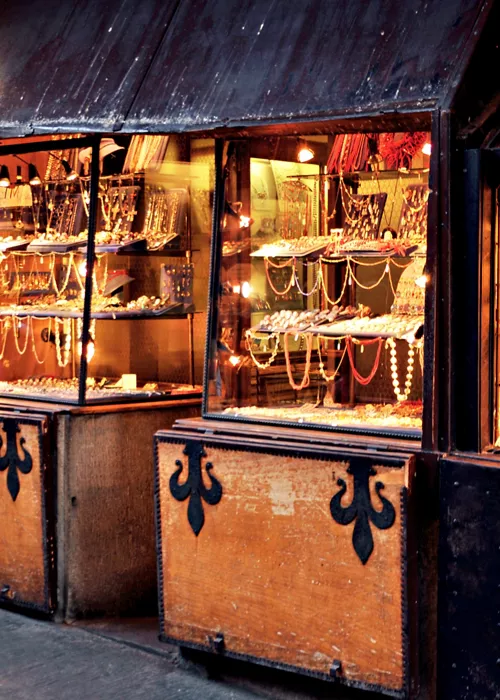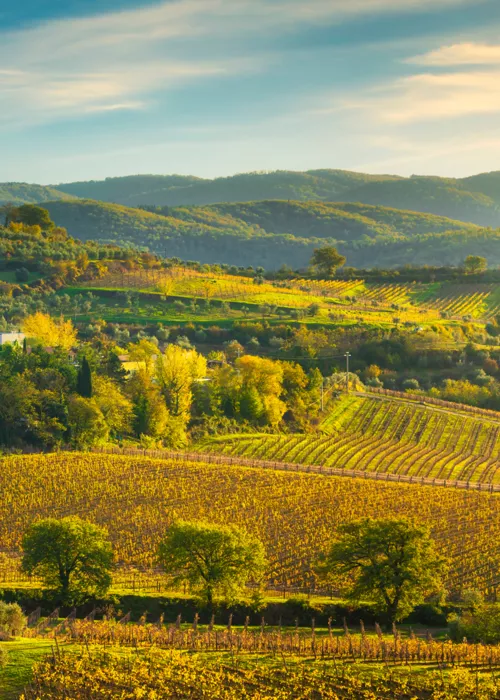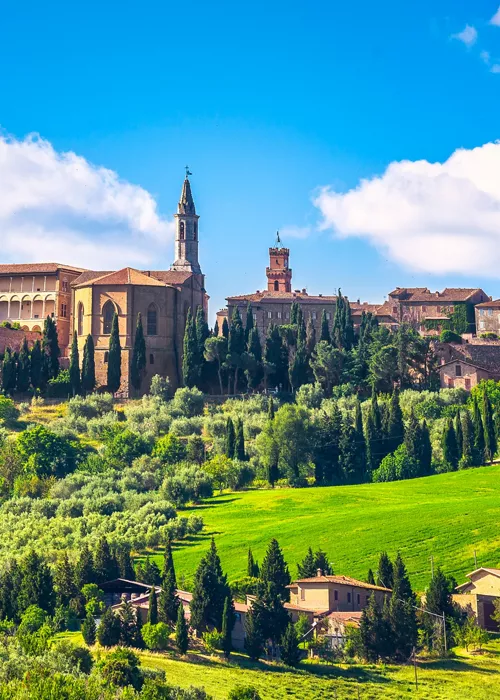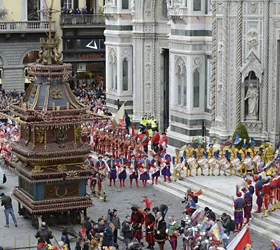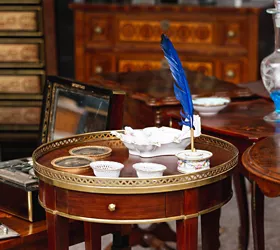The Botanical Garden of Florence and its heritage, known only to a few
It has a heritage of 9,000 plant specimens, encompasses 24,000 square metres and has a main building housing a library, a laboratory, warm greenhouses for tropical plants and cold ones for those that require growing at lower temperatures. Above all, however, the Botanical Garden of Florence, or Giardino dei Semplici, the third oldest garden in the world and a section of the university's Museum of Natural History, has the invaluable ability to introduce people to subjects that are not always easy to understand.
Colourful totems and simple words
Even those who are not botanical experts can gain an in-depth insight into the micro-world housed in the gardens, thanks to specially designed thematic routes. The visit is very pleasant and made much easier thanks to the presence of colourful totems and thorough—but never boring—explanations.
For the more digitally-minded, there is an interactive tour using the free Artplace Museum app, which will take you on a discovery tour of the wonders of the Botanical Garden.
Finally, there is a tactile and olfactory path for the blind, and an electric minicar that follows a route of thirteen stops of significant scientific and natural interest for the elderly and disabled.
In the beginning
“A Public Place, where plants native to very different climates and countries were cultivated, so that young students could quickly and easily learn to recognise them in a short space of time”. These are the words on the commemorative medal for the 460th anniversary of the foundation of the Giardino dei Semplici, summarising the vision of Cosimo I De' Medici and Luca Ghini, who in 1545 decided to set up a place that would be an unparalleled resource for the growth and study of so-called “semplici”, or plant varieties with medicinal properties.
In the tropical greenhouses, Coffea Arabica and the traveller's tree
What are some things you should not miss if you are visiting the Garden? Certainly the collection of plants with traditional ethno-botanical uses, if you are in the tropical greenhouses: Cycads, Ficus, Palms, ancient Citrus specimens, succulent and aquatic plants. But also exotic plants such as the coffee plant, Coffea Arabica, and the traveller's tree, Ravenala Madagascariensis, whose name dispels any doubt about its origins.
Water lilies and aquatic plants
If, on the other hand, you are strolling around outdoors, stop and observe the beds of medicinal and poisonous plants, the Zen garden, the edible plants, the hydrangeas of different varieties, the historical azalea collection and the pools with aquatic plants. The latter are among the most fascinating, and they wind their way curiously through the gardens. Firstly in the centre, where is a stone fountain, with a central jet depicting a cherub. The pool is about 4 metres in diameter and houses aquatic plants and goldfish. Then to the right of the entrance, where a concrete basin contains beautiful water lilies. Not far away, four other pools on the knoll house amazing collections of aquatic plants. Here, you will find stone benches and tables, should you wish to stop and rest or have a picnic amidst the natural surroundings.
The 5 monumental trees
Not forgetting the trees: more than 200 including five monumental specimens, of very ancient origin, and who knows what incredible stories they would tell if they could talk! The yew tree, for example, planted in 1720 by Pier Antonio Micheli wins the record for the oldest specimen in the garden. Then there is the cork tree, planted in 1805 by Ottaviano Targioni Tozetti, then head of the garden. Or the Zelkova Serrata, a centuries-old plant native to Japan, Korea, eastern China and Taiwan, often cultivated as an ornamental tree and used to create bonsai.
But there are also herons, titmice and robins here
It would be impossible to think that such a precious oasis for the protection of thousands of plant species would not also be a place where animal species can be found. In the Botanical Garden, in fact, besides squirrels, a wide variety of bird species can be spotted, including the great white egret, grey heron and tawny owl. The birds, attracted by the feeder situated near the bamboo grove, include robins, great titmice, nuthatches and redstarts. In spring, the Italian crested newt, a curious amphibian belonging to the Salamandridae family, makes its appearance. And to provide shelter for the insects, a veritable hotel has been installed near the central tank. This micro-site was designed both to encourage pollination and for the biological control of diseases that attack plants.



